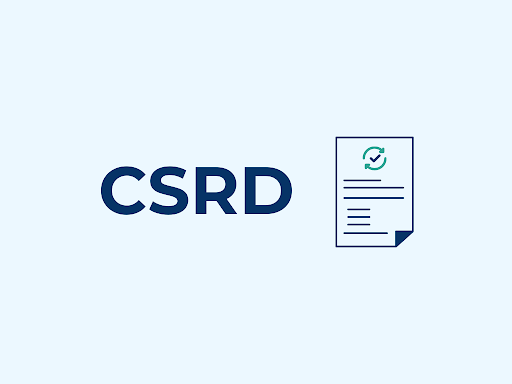Python has become one of the most popular programming languages in recent years. Whether you’re a beginner just starting out or an experienced developer, Python’s simplicity, versatility, and powerful libraries make it an excellent choice for a wide range of applications. In this comprehensive Python Tutorial, we’ll cover everything from the basics to some of the advanced techniques that will help you unlock the full potential of Python programming.
Introduction to Python Programming Language
Python is an interpreted, high-level, and dynamically-typed programming language. Designed by Guido van Rossum and first released in 1991, Python focuses on readability and ease of use. Its syntax is clear and straightforward, making it an ideal language for both beginners and experienced programmers. Python’s widespread adoption in fields like data science, web development, automation, artificial intelligence, and machine learning is a testament to its versatility.
Getting Started: Installing Python and Setting Up the Environment
Before diving into Python coding, you need to install the Python programming language. Python’s official website (https://www.python.org/downloads/) offers versions for various operating systems. Once installed, Python comes with an interactive shell known as the Python REPL (Read-Eval-Print Loop), where you can execute Python code interactively.
For those who prefer a more robust development environment, IDEs (Integrated Development Environments) like PyCharm, Visual Studio Code, or Jupyter Notebooks provide rich features such as syntax highlighting, debugging, and autocompletion.
Python Basics: Variables, Data Types, and Control Flow
Let’s start with the Python basics. Understanding Python’s core features, such as variables, data types, and control flow, is essential for building any program.
-
Variables and Data Types:
- Variables in Python are used to store data. The Python programming language supports a variety of data types, including:
- Integers (
int): Whole numbers like5,100, or-1. - Floating Point Numbers (
float): Numbers with decimal points like3.14,2.71. - Strings (
str): Text values like"Hello, World!"or'Python'. - Booleans (
bool): RepresentsTrueorFalse.
- Integers (
Example:
name = “John”
age = 30
height = 5.9
is_student = False - Variables in Python are used to store data. The Python programming language supports a variety of data types, including:
- Control Flow: Control flow allows your program to make decisions and repeat actions. The basic control flow structures in Python include:
Conditional Statements (if, elif, else)
if age > 18:
print(“Adult”)
else:
print(“Minor”)
Loops (for, while)
for i in range(5):
print(i)
Functions: Functions allow you to organize code into reusable blocks
def greet(name):
return f”Hello, {name}!”
Intermediate Python: Data Structures and Object-Oriented Programming (OOP)
As you progress with Python programming, learning more advanced concepts such as data structures and object-oriented programming (OOP) will greatly enhance your skills.
-
Lists, Tuples, and Dictionaries: Python provides powerful built-in data structures like lists, tuples, and dictionaries:
- Lists: Ordered, mutable collections of items.
fruits = [“apple”, “banana”, “cherry”]Tuples: Ordered, immutable collections of itemspoint = (3, 5)Dictionaries: Unordered collections of key-value pairsperson = {“name”: “Alice”, “age”: 25}
Object-Oriented Programming (OOP): Python is an object-oriented language, which means it supports classes and objects. In OOP, you define classes, which act as blueprints for creating objects.
- Classes and Objects
class Car:
def __init__(self, make, model):
self.make = make
self.model = model
def display_info(self):
print(f”Make: {self.make}, Model: {self.model}”)car1 = Car(“Toyota”, “Corolla”)
car1.display_info()Advanced Python Techniques: List Comprehension, Decorators, and Generators
Once you’re comfortable with the basics and intermediate concepts, you can explore some advanced techniques in Python that can help you write more efficient and clean code.
-
List Comprehension: List comprehension is a concise way to create lists. It reduces the need for using loops and makes your code more readablesquares = [x**2 for x in range(10)]
-
Decorators: Decorators are a powerful feature in Python that allows you to modify the behavior of a function or method without changing its code. They are commonly used in frameworks like Flask or Django for routing, logging, and validation.
def my_decorator(func):
def wrapper():
print(“Before function call”)
func()
print(“After function call”)
return wrapper@my_decorator
def say_hello():
print(“Hello, World!”)say_hello()
3. Generators: Generators provide a way to iterate over large datasets or sequences of values lazily, meaning they produce values one at a time as you need them, rather than all at once.
def count_up_to(max):
count = 1
while count <= max:
yield count
count += 1Conclusion: Mastering Python
This Python tutorial has only scratched the surface of what you can do with the Python programming language. From basic syntax to advanced techniques, Python offers an incredible range of functionality that enables you to build anything from simple scripts to complex systems.
To become proficient in Python, practice is key. Keep experimenting with new concepts, build projects, and read the official Python documentation. As you progress, you’ll discover that Python’s versatility makes it an essential language for nearly every developer.
So, whether you’re writing a small automation script or creating sophisticated AI models, Python programming will continue to be a valuable tool in your developer toolkit. Happy coding!
- Lists: Ordered, mutable collections of items.












